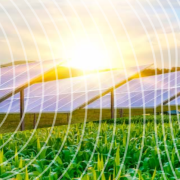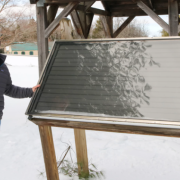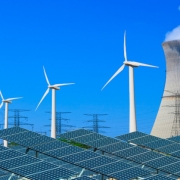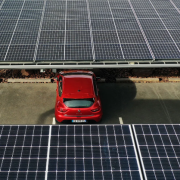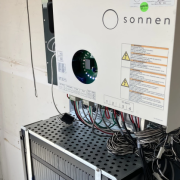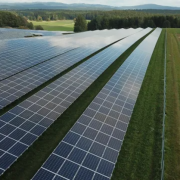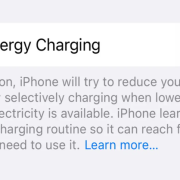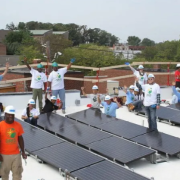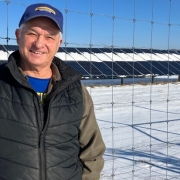A plot of land can do a number of things. It can grow trees and crops. It can support a home, an office tower, or a factory. It can be a parking lot. But it can’t do all those things at the same time. Choices have to be made. It’s no use to erect the world’s tallest apartment building if there is not enough food for the people who will live there. It is no use to put solar panels everywhere if they don’t leave space available for crops or dwellings.
Multi-tasking is a word that has crept into our vocabularies lately. Computers can have a bunch of tabs open at the same time and still be able to do online chats. As the world becomes more densely populated, land will need to multi-task as well. Here are some examples of how that can work.
Click here to read the full article
Source: Clean Technica
—
If you have any questions or thoughts about the topic, feel free to contact us here or leave a comment below.

